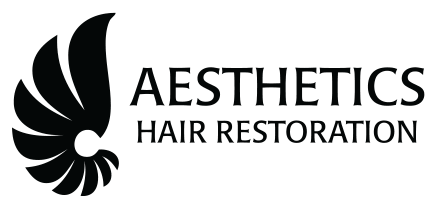Propecia (generic = finasteride) and Rogaine (generic = minoxidil) are FDA-approved medications used to treat hair loss. Both are effective in slowing down the progression of hair loss. Finasteride is available only by prescription. It is recommended exclusively for adult men (or occasionally, on a case-by-case basis, post-menopausal women). Although not as effective as finasteride, minoxidil can be beneficial for both men and women in treating thinning hair. The combination of finasteride and minoxidil is more effective than either one alone.
Finasteride was originally developed to treat enlarged prostate glands. During the drug trials, researchers discovered that hair growth was a side effect. In 1997, the FDA approved a 1 mg dose of finasteride to treat androgenetic alopecia (male pattern baldness) in men. It works by blocking the formation of dihydrotestosterone (DHT) from testosterone; DHT is the hormone that causes hair loss in men and women. Finasteride can lower DHT levels in the scalp by as much as 60% when taken daily, and is effective at slowing or even reversing hair loss in 90% of men.
Minoxidil was the first drug approved by the FDA to treat hair loss. It was first used to treat high blood pressure in pill form, but people taking the medication began to grow hair in unexpected places. Applied topically to balding areas, minoxidil has been clinically proven to slow the progression of hair loss and regrow some hair in about 60% of men, but only 15%-20% of women. However, minoxidil has no effect on the hormonal process of hair loss.
Contact Aesthetics Hair Restoration at 678-691-0880 to schedule a consultation with our board-certified hair restoration surgeon, Dr. Ballon, to learn more about treatments for hair loss.


